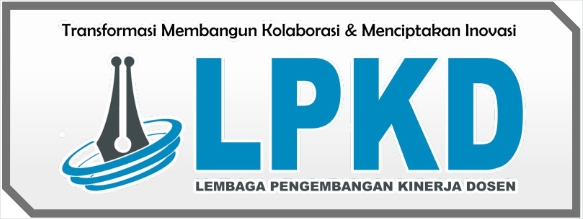Kehidupan Toleransi Umat Beragama Ditinjau Dari Aspek Sosial Budaya Masyarakat Desa Kojagete Kecamatan Alok Timur Kabupaten Sikka
DOI:
https://doi.org/10.59031/jkppk.v2i1.312Keywords:
Tolerance, Religion, Socio-Cultural, and Koja Gete Village CommunityAbstract
Indonesia has a wide variety of ethnic, racial, linguistic and religious diversity. One of the diversity that can be an asset for the Indonesian nation is in the form of tolerance which must be maintained and cared for together, by building tolerance it can strengthen relations between ethnicity, race, language, and also religion even though they are different. In this case the research aims to find out how religious tolerance lives in terms of the socio-cultural aspects of the people of Kojagete Village, Alok Timur District, and what factors are behind inter-religious harmony in Kojagete Village. The method in this study is a qualitative writing method from observations, documents, interviews with selected informants. The results of the study show that the life of tolerance that is carried out in Kojagete Village is very good where the people live in harmony and peace with each other, besides that the Kojagete Village community also highly upholds the spirit of mutual cooperation where all the people participate in these activities and they also do not see differences belief, in addition to the spirit of mutual cooperation the people of Kojagete Village also really like to hold discussions so that the two religious communities always live in harmony and peace. Then there are also factors that support the occurrence of religious harmony, namely mutual cooperation, mutual understanding and mutual understanding and respect. The inhibiting factors are selfishness and differences in customs or culture which will cause disputes or conflicts.
References
Andi Prastowo. 2012. Metode Penelitian Kualitatif Dalam Perspektif Rancangan Penelitian. Jogjakarta : Ar-ruzzmedia.
Arikunto, S. Suhardjo, dan Supardi. (2010). Penelitian Tindakan Kelas. Jakarta: Bumi Aksara.
Andreas Eppink. 2016. Pengertian Budaya. (http://id.wikipedia.org/wiki/Budaya)
Butler,Diane. 2016. Peace and Harmony in the World Based on Pancasila and Bhineka Tunggal Ika (Unity in Diversity). Journal Multicultural and Multireligius. No. Hal.35.
Diamont, Isaac, Max. 2018. Toleransi. Bandung : PT Rosdakarya. Hal.248
Djohan Effendi. 2011. Kebebasan Toleransi. Jakarta:ICRP Dan Kompas. Hal.371
Edwards, R. W. et. Al. (2000). Community readiness: Research to practice. Journal of Community Psychology.28(3),291-307.
Husna. 2009. 100+ Permainan Tradisional Indonesia untuk Kreativitas, Ketangkasan,dan Keakraban. Yogyakarta: Andi.
Herdiansyah, Haris. (2013). Wawancara, Observasi, dan Focus Groups. Jakarta: PT. Rajagrafindo Persada
Jamaludi, A. N. (2015). Sosiologi Pedesaan. Bandung:CV. Pustaka
Muhadjir Effendi., 2016. Kamus Besar Bahasa Indonesia. Jakarta: Balai Pustaka
Sumbulah, Umi dan Nurjanah. 2013. Pluralisme Agama. Malang: UIN Maliki PRESS.
Poerwadarminta, W.J.S. 2006. Kamus Besar Bahasa Indonesia, Jakarta: Balai Pustaka
Sugiyono. 2010. Metode Penelitian Administratif. Bandung: Alfabeta.
Tillman (2004). Butir refleksi sikap toleransi. Diakses dari halaman web tanggal 8 mei 2016 dari : eprintis.uny.ac.id/15754/1/SKRIPSI%20lengkap.pdf
Zulkifli, mohda Ikhwan Izzat.2018.Towards Ensuring Inter-Religious Harmony in A Multi-Religious Society pf Perak. Journal ICHSS. No.53.Hal.5













